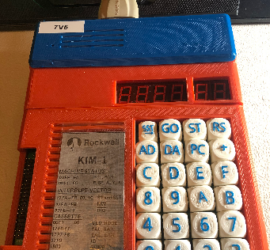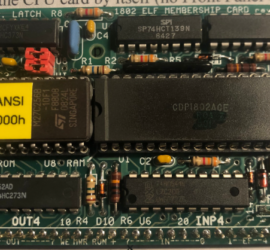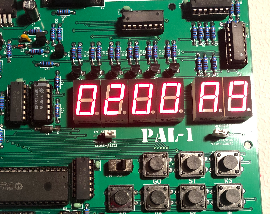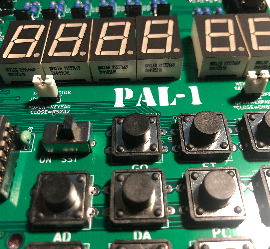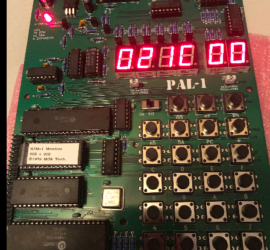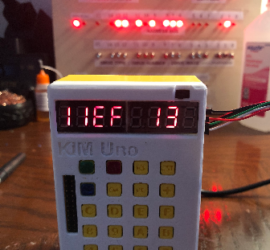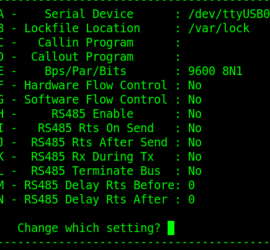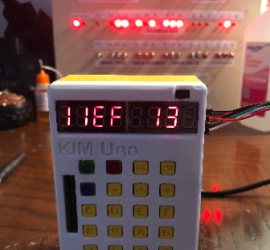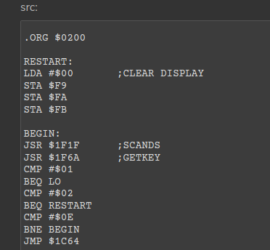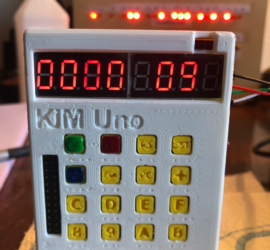Programming PAL-1 With RC2014
Introduction to Programming PAL-1 With RC2014 In this section, we’ll set up communication for Programming the PAL-1 With an RC2014. Obviously, you can use a modern computer to program your PAL-1, or even it’s keypad. However, programming a vintage computer with another vintage processor gives you more of a vintage Read More »

